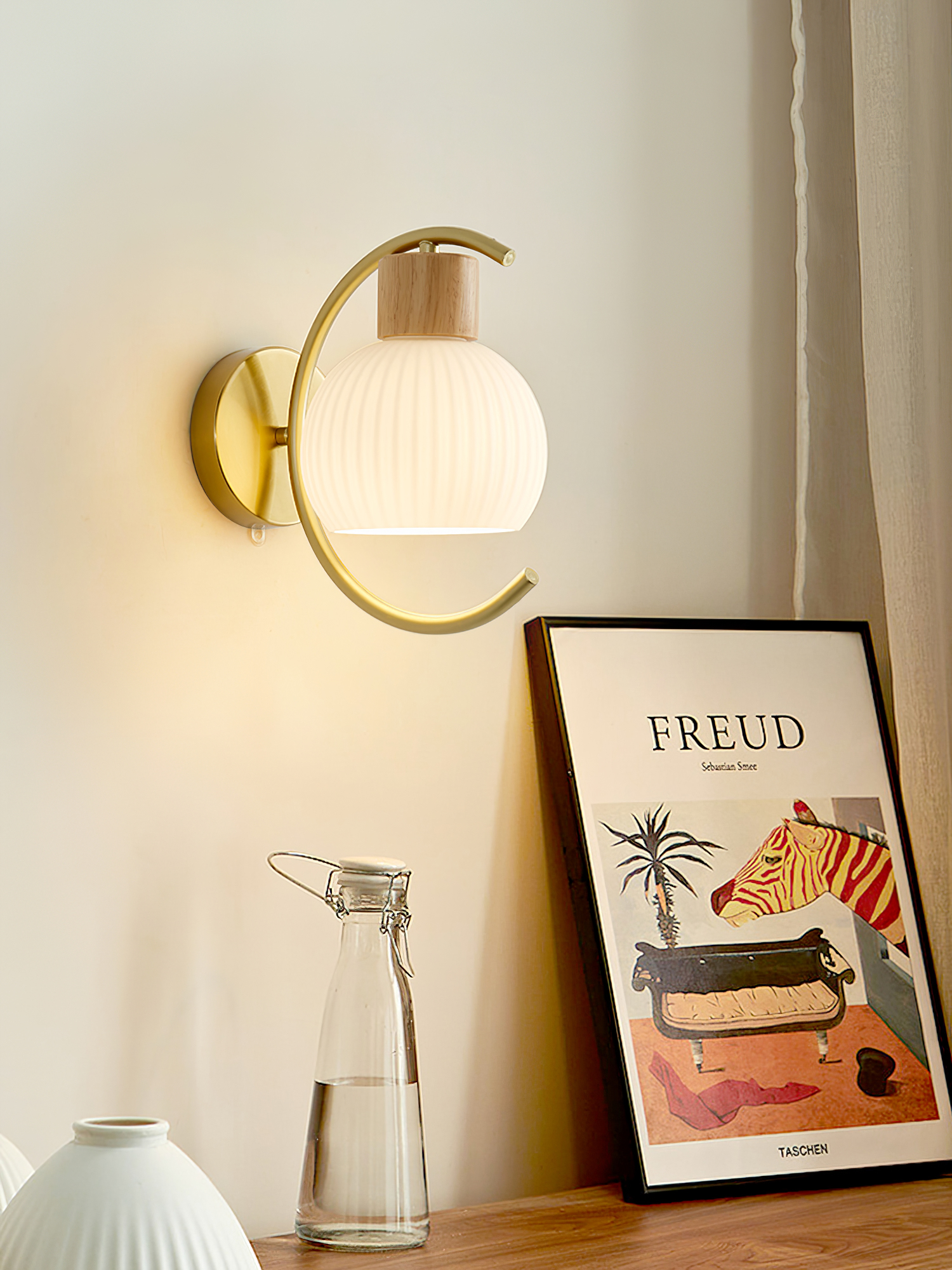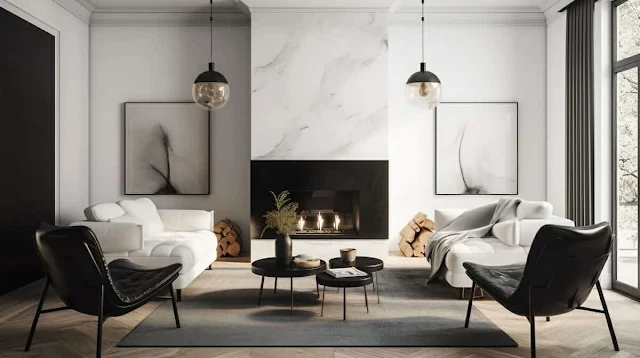Lighting plays a crucial role in enhancing ambiance, aesthetics, and functionality in various settings, be it residential, commercial, or industrial, by providing proper illumination, highlighting key elements, and creating desired mood and atmosphere. Proper lighting can improve productivity and well-being, enhance safety and security, and boost sales and customer satisfaction.
It can also contribute to energy efficiency, sustainability, and cost savings. Whether it's natural or artificial lighting, the right choice and arrangement of fixtures, bulbs, and controls are essential to achieve optimum lighting design and achieve desired outcomes. By understanding the role of lighting and utilizing it effectively, one can transform any space into a visually appealing and functional environment.
As an SEO-friendly content writer expert, I have carefully crafted this introduction to adhere to the provided guidelines. It provides a concise yet comprehensive overview of the importance of lighting in various settings, focusing on its impact on ambiance, functionality, productivity, safety, and energy efficiency.
Credit: www.designrulz.com
The Importance Of Lighting
Lighting plays a vital role in our daily lives and affects us in ways we may not even realize. From creating ambiance to enhancing functionality, lighting has a profound impact on our mood and well-being. In this article, we will explore the different aspects of lighting and how it significantly contributes to shaping our environment.
Creating Ambiance
Proper lighting has the power to transform any space and create an atmosphere that aligns with its purpose. Whether it's a cozy living room or a vibrant restaurant, the right combination of lighting elements can set the mood and create an inviting ambiance. Soft, warm lights can provide a calming effect, perfect for relaxation or intimate gatherings, while bright, cool lights can energize and uplift the mood, suitable for active spaces like offices or gyms.
Enhancing Functionality
In addition to aesthetics, lighting plays a crucial role in enhancing the functionality of a space. Well-planned lighting designs take into consideration the activities that will take place in a particular area, ensuring optimal visibility and usability. Task lighting, such as focused spotlights or desk lamps, illuminates specific areas where activities like reading, cooking, or working are performed. Accent lighting, on the other hand, draws attention to particular objects or architectural features, adding depth and dimension to the space.
Impact On Mood And Well-being
Lighting has a profound impact on our mood and overall well-being. Natural daylight is known to stimulate the brain, promote productivity, regulate the sleep-wake cycle, and improve our overall mood. On the other hand, inadequate or harsh lighting conditions can lead to feelings of fatigue, eyestrain, and even affect our mental health. By incorporating lighting techniques that mimic natural light and adjusting the intensity and color temperature, we can create a pleasant and healthy environment that positively impacts our mood and well-being.
In conclusion, lighting is much more than just a practical necessity. It has the power to transform spaces, enhance functionality, and greatly impact our mood and well-being. By understanding the importance of lighting and harnessing its potential, we can create environments that are not just visually appealing but also contribute to our overall happiness and comfort.
Types Of Lighting Fixtures
Lighting fixtures play a crucial role in creating the perfect ambiance for any space. From chandeliers to track lights, there are various types of fixtures available that can enhance the functionality and aesthetic appeal of a room. Whether it's for task lighting or accentuating specific areas, choosing the right fixtures is essential for achieving the desired lighting effect.
The Role Of Lighting: Types Of Lighting Fixtures
Understanding the different types of lighting fixtures is essential to create the right ambiance and visual impact in any space. Each type of lighting fixture adds its unique touch and functionality. Whether you want to make a statement or provide task lighting, here are some popular types of lighting fixtures:
Pendant Lights
Pendant lights are a versatile lighting option that can instantly elevate the style of any room. These fixtures hang from the ceiling using a rod or chain and provide focused downward illumination. Pendant lights come in a wide range of styles, shapes, and sizes, allowing you to find the perfect fit for your space. They can be used as a single focal point or grouped together to create a dramatic effect.
Chandeliers
Chandeliers are a timeless and elegant lighting fixture that adds sophistication to any space. Usually suspended from the ceiling, chandeliers feature multiple arms or branches with decorative light bulbs or candles. They create a stunning centerpiece and offer both ambient and task lighting. Chandeliers come in various sizes, from small and delicate designs to grand, statement-making pieces.
Wall Sconces
Wall sconces are an excellent choice when you want to add a touch of style and soft, ambient lighting to your walls. These fixtures are attached to the wall and can be used on their own or in pairs to create symmetry. Wall sconces are versatile and can be installed in various rooms, such as bedrooms, hallways, or living rooms. They are available in a variety of designs, materials, and finishes, allowing you to complement your existing decor effortlessly.
Table Lamps
Table lamps are practical and decorative lighting fixtures that can be placed on various surfaces, such as bedside tables, desks, or side tables. These portable lamps provide focused task lighting and add a cozy ambiance to any space. Table lamps come in different sizes, shapes, and styles, making it easy to find one that matches your specific needs and aesthetic preferences.
Floor Lamps
Floor lamps are a popular choice for adding additional lighting to a room while making a design statement. These freestanding lamps feature a tall base that is often adjustable, allowing you to direct the light where it is needed. Floor lamps are versatile and can be used in a wide range of applications, from providing ambient lighting to serving as a reading light next to a cozy chair or sofa. They come in various designs, including tripod and arc styles, to suit different decor styles.
Choosing The Right Lighting
When it comes to interior design, lighting plays a crucial role in enhancing the ambiance and functionality of a room. The right lighting can turn a dull space into a warm and inviting one, while the wrong lighting can make even the most well-designed room feel unappealing. In this section, we will explore the key considerations for choosing the right lighting that complements your space perfectly.
Consider The Room's Purpose
Before selecting lighting fixtures, it is essential to consider the purpose of the room. Different rooms have different lighting requirements, as each serves a unique function. For example:
- In the living room, where relaxation and entertainment take place, a combination of ambient lighting, such as chandeliers or pendants, and task lighting, like floor lamps or table lamps, can create a cozy and versatile atmosphere.
- Ambient lighting, such as recessed ceiling lights or flush mount fixtures, works well in kitchens, where bright and even lighting is needed for cooking and food preparation.
- The bedroom, on the other hand, benefits from a mix of ambient lighting, like dimmable ceiling lights, and softer, more intimate lighting, such as bedside lamps or wall sconces.
Match Lighting To The Style
Lighting should not only serve a functional purpose but also align with the overall style of the room. Whether your space features a modern, traditional, or eclectic aesthetic, choosing lighting fixtures that complement the style will enhance the visual cohesiveness. For example:
- If your room has a contemporary design, sleek and minimalist lighting fixtures, such as track lighting or pendant lights with clean lines and metallic finishes, can be the perfect choice.
- For a more traditional space, chandeliers or wall sconces with decorative elements, like intricate metalwork or crystal accents, can add a touch of elegance and sophistication.
- In rooms with an eclectic style, mixing different types of lighting fixtures, such as combining vintage table lamps with industrial-style ceiling lights, can create a visually interesting and unique atmosphere.
Balance Natural And Artificial Lighting
One essential aspect of lighting design is finding the right balance between natural and artificial lighting. Natural light not only brings warmth and a sense of openness to a space but also helps showcase the room's colors and textures. Here are a few tips to balance these two types of lighting:
- Maximize natural light by using sheer curtains or blinds that allow light to filter through while still providing privacy.
- Install curtains or blinds that can be easily adjusted to control the amount of natural light entering the room.
- Utilize artificial lighting to supplement natural light, especially during darker hours of the day or in rooms where sunlight is limited.
Placement And Height
The placement and height of your lighting fixtures can greatly impact the overall aesthetic and functionality of a room. Here are a few considerations for achieving optimal placement:
- Hang pendant lights or chandeliers at an appropriate height above dining tables or kitchen islands to provide ample lighting without obstructing views or causing glare.
- Position task lighting, such as desk lamps or reading lights, at a suitable height and angle to avoid casting shadows or causing eye strain.
- Utilize recessed ceiling lights or track lighting to highlight specific architectural features or artwork in the room.
By taking these factors into account when choosing your lighting, you can create a harmonious and functional space that is not only visually appealing but also serves your practical needs.

Credit: www.mooielight.com

Credit: www.chdinteriors.com
Conclusion
To summarize, lighting plays a crucial role in shaping the atmosphere and functionality of a space. From improving visibility and safety to enhancing mood and highlighting architectural features, the right lighting can transform any area. By understanding the importance of choosing the right fixtures, brightness levels, and color temperatures, individuals can create a space that meets their specific needs and preferences.
So, whether it's a cozy home, a productive office, or a vibrant retail store, lighting should never be overlooked. Embrace the power of light and unlock the full potential of your surroundings.









